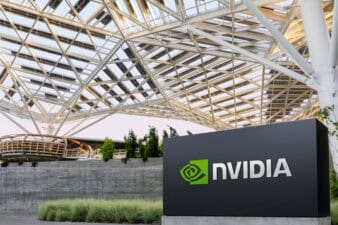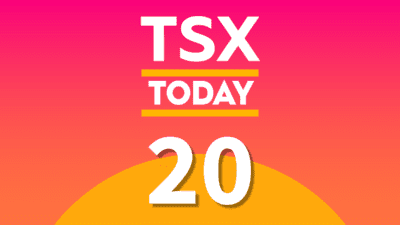TFSA investors have been dealt a pretty harsh hand, with inflation weighing heavily on our pocketbooks, while a recession looms. Indeed, it seems like a far better idea to wait it out until the recession (likely to happen in 2023) comes and goes. But by doing so, you’ll run the risk of missing out on the relief rally, which, I believe, will begin well before the recession officially ends. Markets are forward-looking, and it makes less sense to make sizeable movements well after markets have already had the chance to digest what’s to come over the next 18 months.
Inflation is an ugly beast, and if gross domestic product goes into the negatives, we could find ourselves in a stagflationary environment in as little as a few quarters. Regardless, new investors must not time markets, as they move in mysterious ways. Not even the most seasoned trader can be right all of the time. Indeed, it’s quite possible that the markets have already bottomed out in June, well ahead of any potential recession.
TFSA investors: Don’t give up on 2023 yet
Further, if there’s no recession in the cards for next year, 2023 may be a year of tremendous relief, rather than pain for investors. So, don’t buy into the bearish commentary that tells you to wait for the S&P 500 to fall to some arbitrary level.
Yes, there are well-established pundits who are bearish right now. But there are also well-established bulls. In fact, certain investment banks like Goldman Sachs may have strong bulls and bears with polar-opposite calls for where the market is headed next. Nobody knows if the bulls or bears will be right. But in such scenarios, Goldman will be right either way.
TFSA investors should brace their portfolios for another two years’ worth of abnormally high inflation, while also preparing for a bit of economic turbulence (more of the same) going into next year. Sure, things can be a lot better than we expect. But it never hurts to be prepared for the worst, as you hope for the best.
Loblaw stock: A great grocer to ready for an inflationary recession
Loblaw (TSX:L) is a top-notch Canadian grocery company that’s absolutely excelled amid the last two years of rampant inflation. With above-average inflation likely to stick around for a while longer, Loblaw can continue to work its magic with its private-label brands and margin-driving operational efficiencies. And once a potential recession strikes, look for Loblaw — a grocer with one of the better value propositions in Canada — to take a bit more share away from some of the pricier or upscale grocers.
Loblaw is in a sweet spot right now. And it may still have room to run, as it looks to make the most of a rough macro situation. After soaring 15% year to date (while the TSX index corrected), Loblaw trades at a fairly rich 19.9 times trailing price-to-earnings (P/E) multiple. That’s well above the grocery industry average of around 17 times P/E.
While Loblaw is a far better-managed company today than it was five years ago, investors must always be cautious when paying a premium price tag. Given the inflation and recession risk, I think Loblaw is well worth the historically rich multiple. In fact, I think a much higher multiple could be commanded, especially if we sink into a mild recession.
The bottom line for TFSA investors
Canada’s largest grocer benefits from economies of scale. Although the return on equity of 18.4% is in line with industry averages, there’s room for greater efficiencies as EBITDA (earnings before interest, taxes, depreciation, and amortization) margins continue to enjoy recent momentum, as higher-margin goods (think private-label food and cosmetics) make up a greater mix of the pie.







